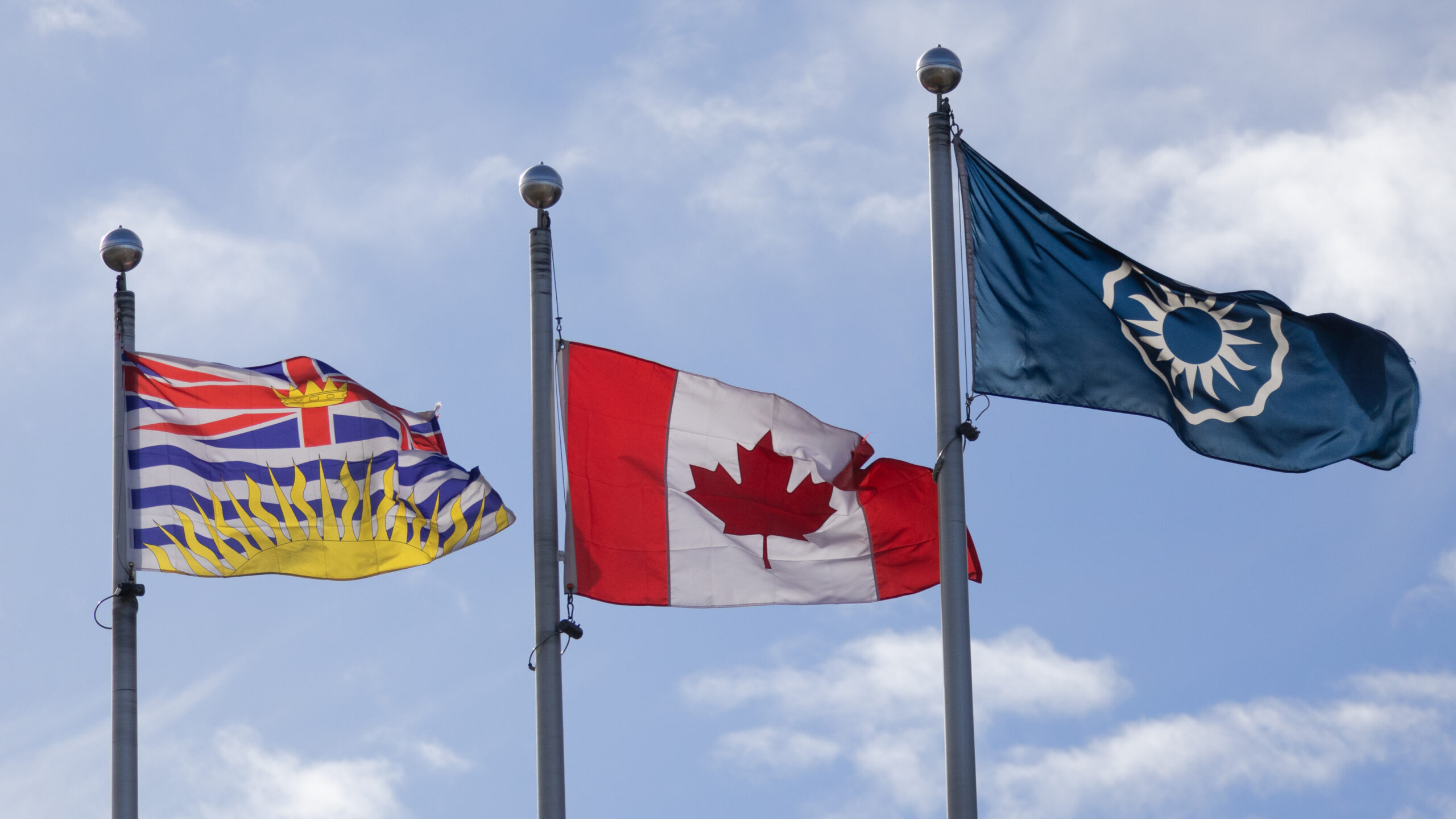For any Canadian who routinely follows the news, the month of February may have felt like something of a political and economic roller-coaster. Since well before President Donald Trump began his second term in office, the former reality-television-personality-turned-politician has threatened to upend the North American economy by imposing tariffs on many products from the United States’ closest trading partners, Canada and Mexico.
Shortly after taking office in January, Trump announced that the initial round of tariffs on Canadian goods would go into effect on Feb. 4. However, following a conversation with Prime Minister Justin Trudeau, Trump paused the tariffs for a 30-day period ending on March 4.
True to his word (in this instance), tariffs on many Canadian products came into effect on March 4, only for the Republican president to yet again reverse course two days later, announcing a pause to the tariffs on some Canadian imports for a further 30 days, tentatively ending on April 2.
Amidst the confusion and uncertainty, many Canadians are experiencing some level of anxiety about a potential trade war and how it will affect their day-to-day lives. This has sparked some to take a stance in protest for the pride of their country.
“We should be educating ourselves to be more conscious and, where possible, switching to Canadian products,” Cole Etherington, a second-year student of the policing and justice program said in a previous conversation with the Omega.
Etherington isn’t alone in this opinion. According to a poll conducted by the Angus Reid Institute in February, 78 per cent of Canadians “…are committing to buying more Canadian products overall,” while 59 per cent say “…they’ll boycott U.S. products.”
Keith Hamer, owner of Valley Direct Foods in Armstrong, B.C., advocates buying Canadian and is helping provide ways for others to do the same. Hamer has taken the initiative to make Canadian grown food more accessible to consumers by applying pressure to importers, advocating to fix the inter-provincial trade barriers, and simply supporting locally sourced food suppliers. He believes that supporting local businesses benefits not just communities but also the national economy.
“Why buy from Starbucks when you can buy from Blenz? Every cup from Starbucks is a dollar to the States,” Hamer said.
Valley Direct Foods is a food distributor for restaurants, pubs, hotels and residents of the Okanagan. From the restaurants to your dinner table, Hamer has been supplying B.C. consumers with fresh food for 15 years and says there has been a drop in American products purchased for the last month and a half. Now, the trend is a growing consumer preference for locally sourced goods, highlighting the increasing demand for Canadian products.
Supporting local producers is now a priority for Valley Direct Foods. By ensuring his company provides customers with transparency about where their food comes from, Hamer believes that his customers will be better equipped to make informed choices that benefit local farmers and the economy.
“We focus as much on local products as we can,” Hamer said. “Everything on our website is labelled where it is from.”
With a transparent model, Hamer’s customers can easily identify Canadian-made goods, further benefiting Canadian producers. However, the local business owner said it’s not just retailers and distributors who need to do their parts; it’s also up to suppliers to contribute.
“If there’s pressure from the customers to have more Canadian products, then I won’t back down and I’ll pressure my suppliers and my importers to bring in more Canadian products. This is what I’m all about,” Hamer said. “Our importers, with pressure from companies like us, they’ll notice an uptick of suppliers buying foreign products over American, leading them to stay away from the U.S.”
Unfortunately, the process still isn’t so simple. With taxes and interprovincial trade barriers, buying Canadian does not come without sacrifices. Hamer believes these issues could be relieved with a change in the current Canadian government.
“It is good that both the left and right have united against a common enemy, but to be frank, we should have been doing this before the tariffs. There are so many restrictions on buying products from different provinces, where buying products from California might be easier. If it’s easier to import truckloads of goods from California, then people will,” he said.
Only time will tell if the “Buy Canadian” movement will have a lasting impact. Unfortunately, it remains to be seen if President Donald Trump can be reasoned with before the situation erupts into a fully-fledged trade war. Thankfully to concerned Canadians like Keith Hamer, buying Canadian-made products has never been clearer. As the tension boils, the push for supporting locally sourced may become more than just a trend.
“Canadians want to buy Canadian, but [we’re] so heavily taxed [we] put that aside. If there was more disposable income, everybody would get on board with buying locally. We have our own food chain in the Okanagan, and we don’t need U.S. products. I am seeing that a lot more than I have in the last 15 years,” Hamer said.

